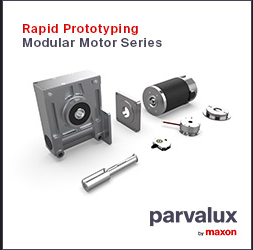Pneumatics and the Internet of Things: What's Holding Us Back?
Industrial Robots: Encoders for Tool Center Point Accuracy
Why China's hollowed-out manufacturing hub is pinning its hopes on a hi-tech revival
2018 Predictions for Manufacturing Product & Service Innovation
Analysis: Four smart factory trends to watch in 2018
APIs for the Modern Factory Floor
The Rise of 5
The Connected Factory
How Industry 4.0 will be impacted by technology
Manufacturing Execution Systems (MES) and Accelerating Your Quality System's Actionability
Offline Programming Software is Single Solution for Robotic Hammer Peening of Automotive Stamping Dies
Key Industrial Robotic Trends for 2018
The Enterprise Factory And The Smart City
The Skills You Need to Compete in the New World of Manufacturing Engineering
HP unveils S$100m campus, home to its first advanced manufacturing centre
Records 1291 to 1305 of 1703
First | Previous | Next | Last
Automation & IIoT - Featured Product

